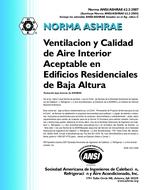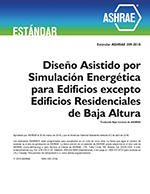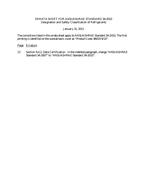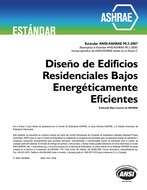Description
This study was initiated to determine the extent of cold temperature air leakage from operable windows available in today’s marketplace and the impact that this has on the energy consumption of a house. During the heating season, changes in the window’s leakage characteristics, as a result of thermal and pressure effects, were to be included. At two laboratories, air-leakage tests down to -30°C were performed on 35 windows, enough to reach some general conclusions about performance. The majority of windows met or exceeded the highest levels of air leakage performance of Canadian window standards at normal temperatures, and many did very well even at the lowest temperatures tested. Increased leakage at cold temperatures was attributed to design more than frame material; vertical sliders (including tilt-in) exhibited the worst performance under all conditions. Data were used to quantify the impact on the annual energy performance of a house. The Canadian Standards Association’s (CSA) window performance indicator for houses, the CSA Energy Rating (ER) number (CSA 1993), was evaluated for the case of variable air infiltration with outdoor climate. Results were encouraging; for the majority of windows the impact on the rating was negligible, as long as leakage was not excessive at normal temperatures. For others, lessons were learned about materials and designs that could be used to improve product performance at extreme temperatures.
Units: SI
Citation: Symposium, ASHRAE Transactions, 1998, Vol 104, pt. 1A, San Francisco
Product Details
- Published:
- 1998
- Number of Pages:
- 7
- File Size:
- 1 file , 130 KB
- Product Code(s):
- D-7885




